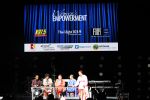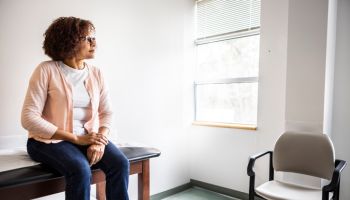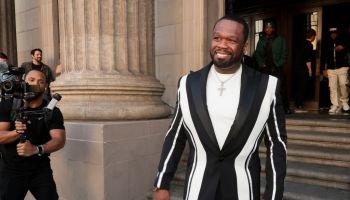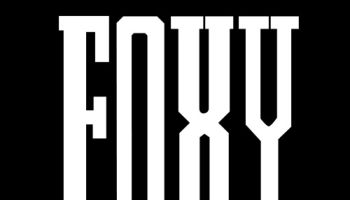For years, the carousel at Chavis Park has been the city’s other historic carousel, the one relatively few people have seen.
While people stood in line to ride the painted wooden animals at Pullen Park, even before the new carousel house opened there in 2011, less than two miles away, the Chavis carousel was never busy. There were times when its carved horses would carry no more than 15 people in an entire summer day, said David Shouse, senior park planner for the city.
Shouse and others hope that imbalance will soon change. The Chavis carousel reopens later this week, shiny and fully restored, in a new house of its own, the result of a project that will cost more than $2 million.
The glass-walled building, with an opaque roof that will glow at night, will be visible from Martin Luther King Jr. Boulevard in a way that the city hopes will draw more people into the park.
“It’s a much more visible location, which was the inherent problem with the carousel being over where it was,” Shouse said. “People didn’t know it was there.”
City officials promise that the new carousel house is just the first step in a comprehensive overhaul of Chavis Park that they hope will transform it into more than the sleepy neighborhood gathering place it has become. Chavis sits on the edge of a fast-growing and transforming downtown, and people who love the park say it could draw people from throughout Raleigh and beyond, the way Pullen Park does.
Last year, the city launched the Chavis Park Community Conversation and appointed a 22-member committee to develop a new master plan for the park. The committee will use the opening of the new carousel house this week to invite people to share their ideas and dreams for the 30-acre park.
If the effort succeeds, it will have taken Chavis Park closer to its roots. When the Works Progress Administration built the park for blacks during the Great Depression, it drew crowds of people from all over Eastern North Carolina to swim, play and relax in the kind of place that segregation normally denied them.
James Williams remembers coming to swim and ride the carousel at Chavis as a boy in the 1930s and 1940s from Goldsboro, where his church Sunday school organized outings to the park.
“Chavis Park was one of the drawing cards for attendance to Sunday school,” said Williams, a longtime Raleigh resident who is now in his 80s and is a member of the Chavis committee.
The revitalization of Chavis also may satisfy Southeast Raleigh residents who say the city has neglected the park over the years, helping to bring about its decline and the carousel’s relative obscurity.
“It was looked at as the park for blacks for this area,” Williams said. “What we’re looking at now is ways we can reinvent it.”















